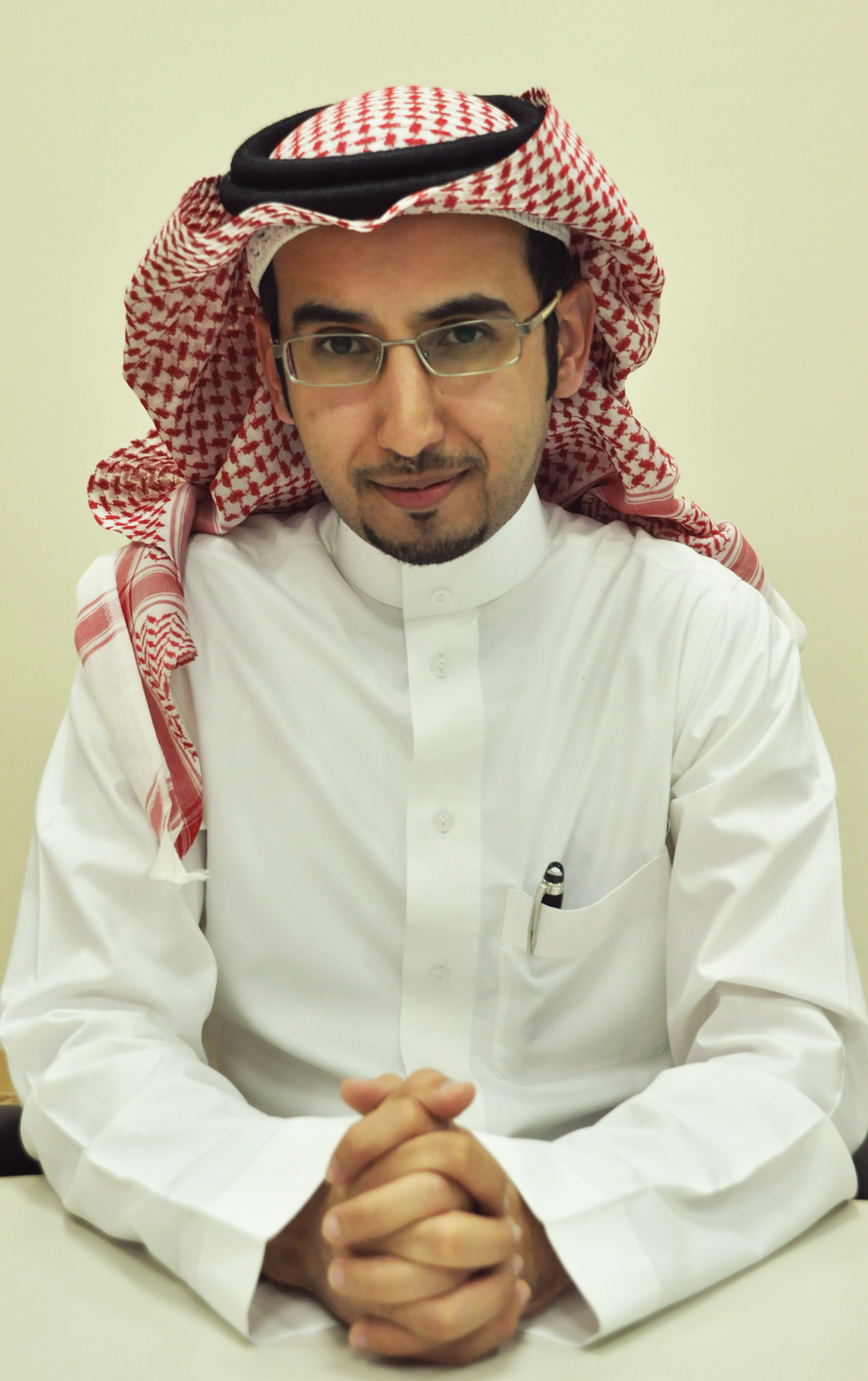A young architect works to transform his hometown in Saudi Arabia

Most international students at Virginia Tech’s Language and Culture Institute focus on the details of Blacksburg life as they improve their English: learning the buses, discovering new shops, and creating conversation circles.
Mohammed Abdulrahman Al-Mahmood faced an extra challenge – preparing for a high-stakes English-language presentation in Barcelona. That’s because, shortly after his arrival in Blacksburg this past summer, a project of his won prestigious recognition in the World Architecture Festival.
The subject: an ambitious urban landscape he had dreamed up for his hometown of Al-Bukaiyrah in the Nejd region of Saudi Arabia. Al-Bukaiyrah is about three hours north of Riyadh, the desert kingdom’s capital.
“I want the people of Al-Bukaiyrah to understand that there’s value in the mud homes they abandoned 40 years ago when the government built concrete-and-steel houses for everyone,” Al-Mahmood says. “If they come back to the city center and begin to find new uses for these historic structures, I believe that commercial development and new investment will follow.”
Al-Mahmood is a graduate of King Faisal University with a bachelor’s degree in architecture. His work at the institute will help him increase his English-language facility as graduate schools around the country consider his application. (Virginia Tech’s College of Architecture and Urban Studies is one of them.)
Word that his project had been shortlisted in the festival came just when Al-Mahmood was getting settled into the institute’s routine in Blacksburg.
“This was an incredible honor, because my fifth-year student project was competing against the projects of renowned professionals from around the world,” he says.
Al-Mahmood says he had poured his heart and soul into the theme. The mud structures – as historic and distinctive as Pueblo adobe houses of the American Southwest – represented a simpler time when Saudis built their homes from materials at hand. Young people of Al-Mahmood’s generation had no experience of life in the inner city. Their parents and grandparents had long since moved into the supposedly superior suburbs created with imported materials. Everyone embraced modernity.
But Al-Mahmood sees promise in the past. Not only is each mud structure unique, but also the private courtyards common to Saudi homes suggest many possibilities. Shops, cafes, even small tourist hostels are potential new uses for the mud houses. Also, Al-Mahmood introduced a new kind of modernity by proposing lavish new buildings to house a date market, capitalizing on the harvest so famed it draws buyers from other Arab countries.
To create the right atmosphere for the town of 26,000, Al-Mahmood designed what he calls a “spine” – a pedestrian walkway from the commercial area to the historic district. How long a walk? About as long as it would take to walk from Virginia Tech’s Math Emporium on University City Boulevard to the Squires Student Center.
In Barcelona this past November, one of the jurors questioned whether Al-Bukaiyrah residents would walk through town in the famously hot Saudi summers. But to Al-Mahmood’s mind, the heat is not an issue. Even with the advent of cars and cheap gasoline, Saudis are accustomed to walking, even in summer, he says.
Al-Mahmood credits the intensive English program at the institute with giving him the skills necessary to carry off the presentation. He was able to practice in front of other institute students, some from Saudi Arabia but also from many other countries, including China and Mexico.
“I had only 10 minutes to give my presentation,” he says. “Feedback from the other students enabled me to express myself succinctly. My work at the institute gave me the self-esteem to put forth my ideas in fluent English.”
Before Barcelona, the Al-Bukaiyrah project won the Prince Sultan bin Salman Award for Traditional Architecture.
Al-Mahmood is on leave from his job as a teaching assistant in the Department of Architecture at the University of Dammam in Saudi Arabia. The university has awarded him a scholarship and stipend to further his graduate students in architecture in the United States. He says he plans to specialize in urban design.







